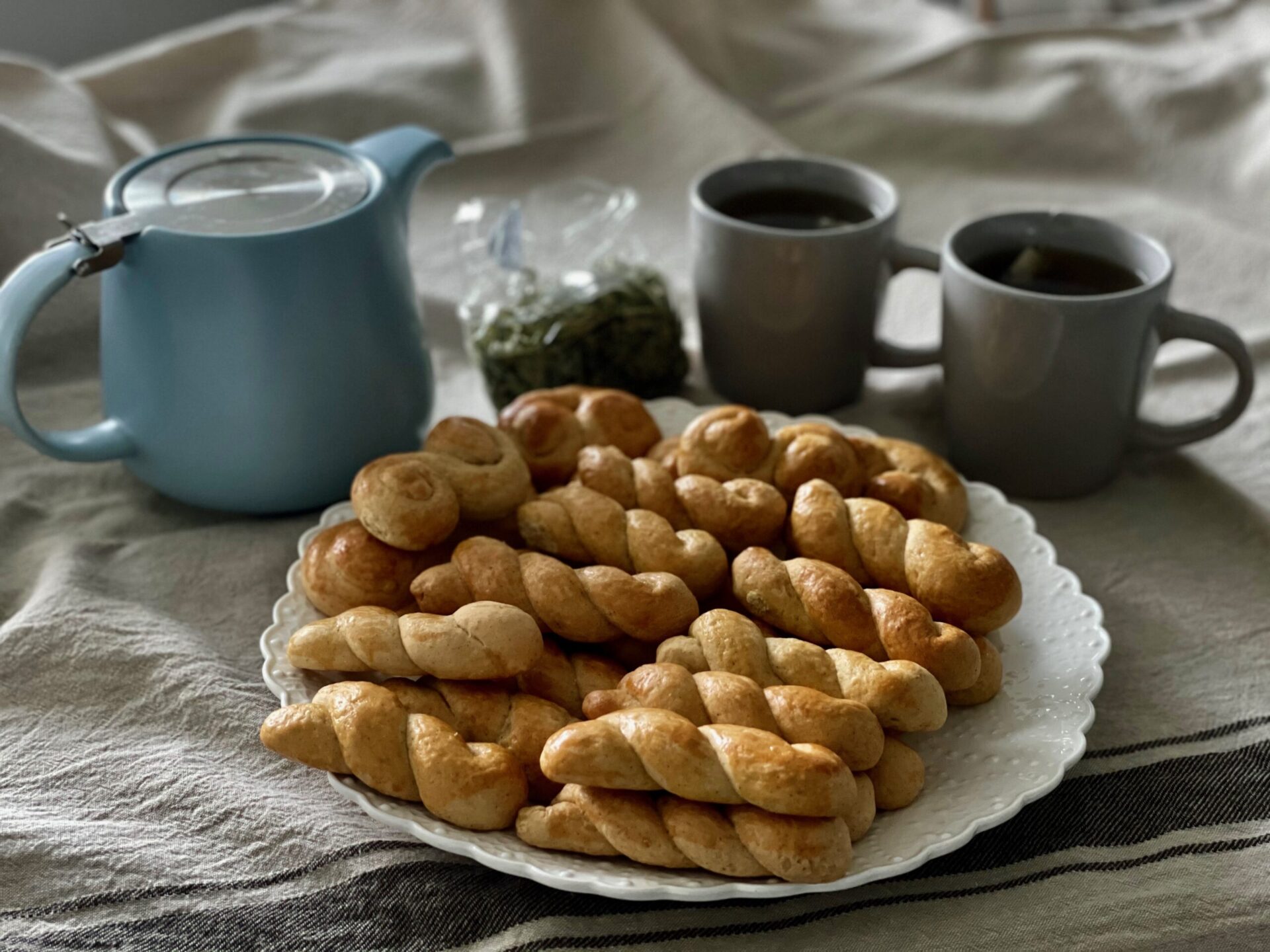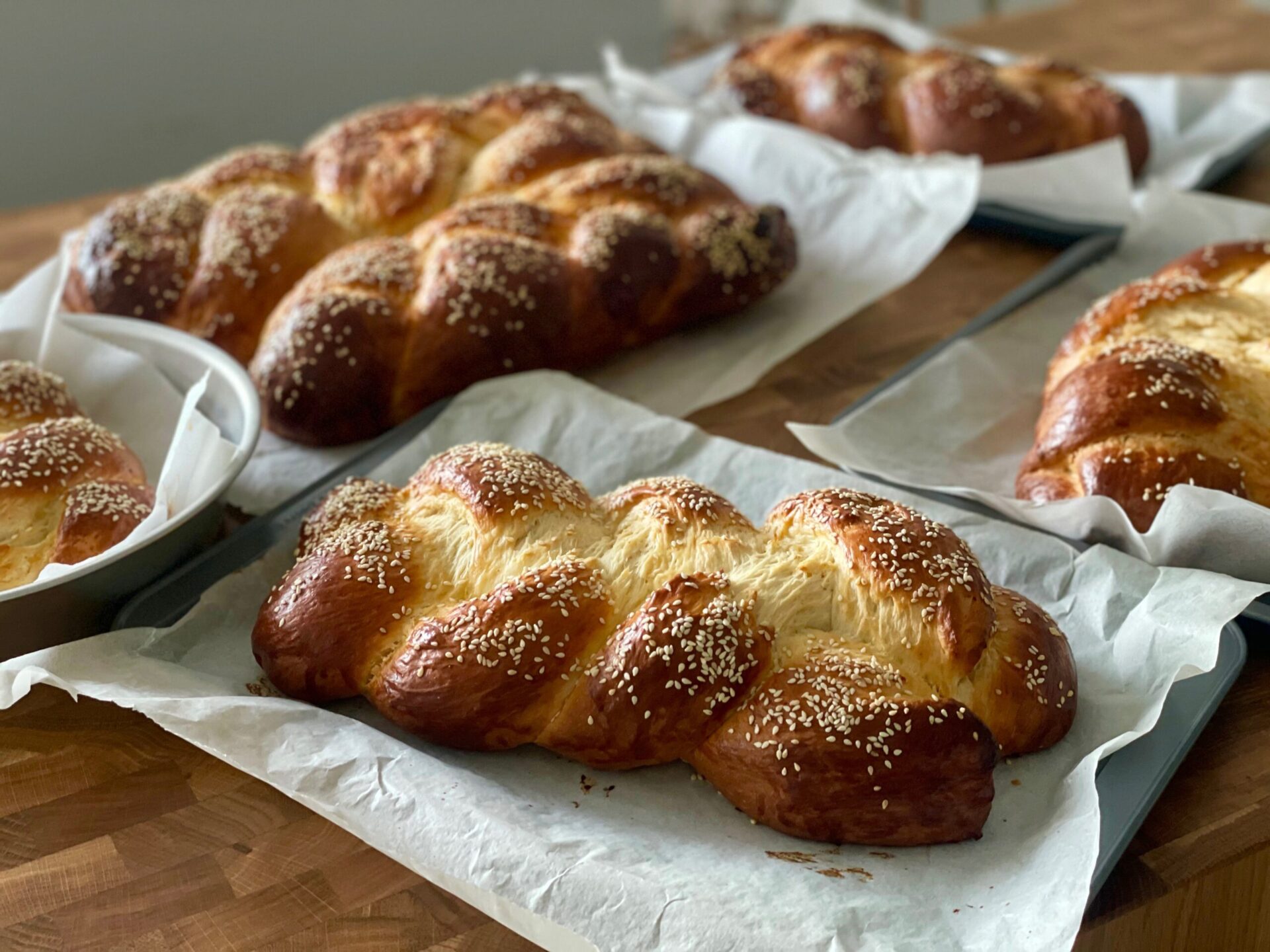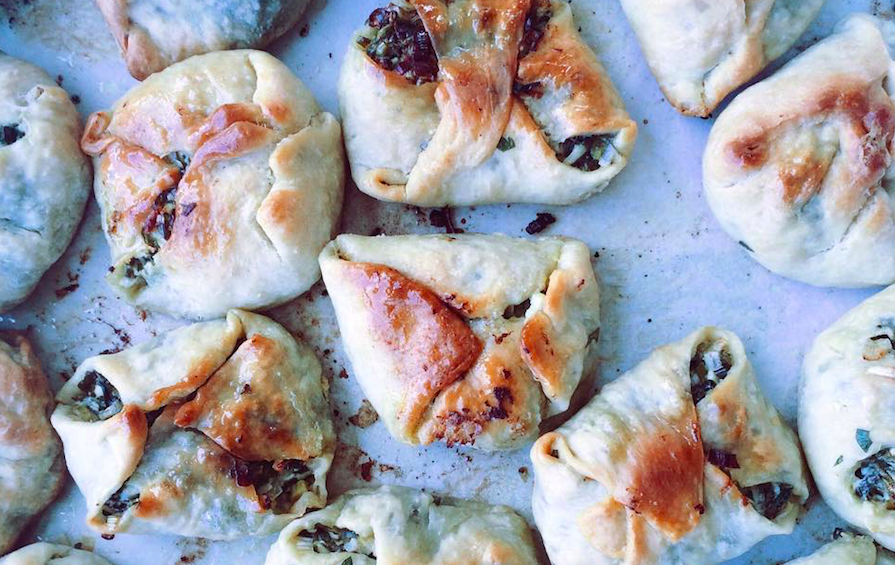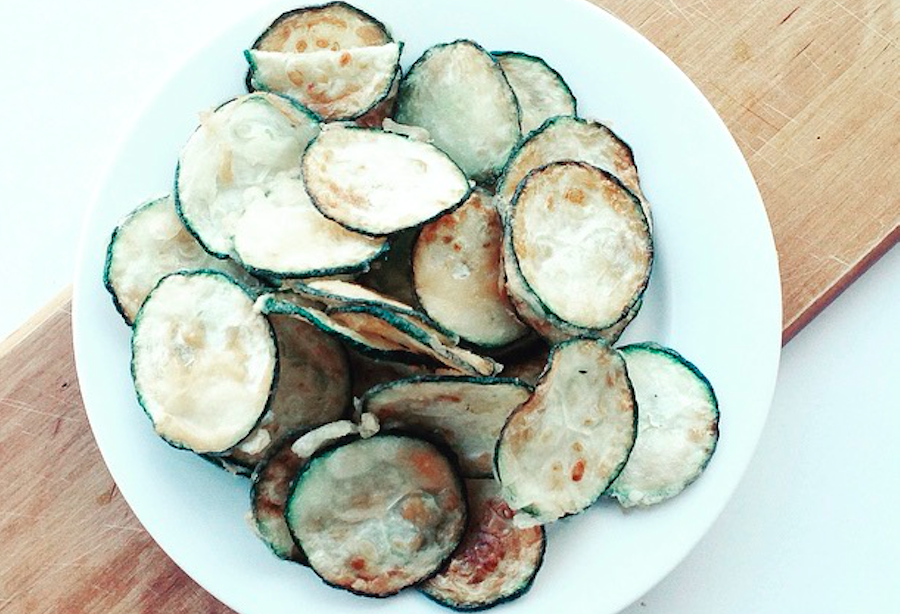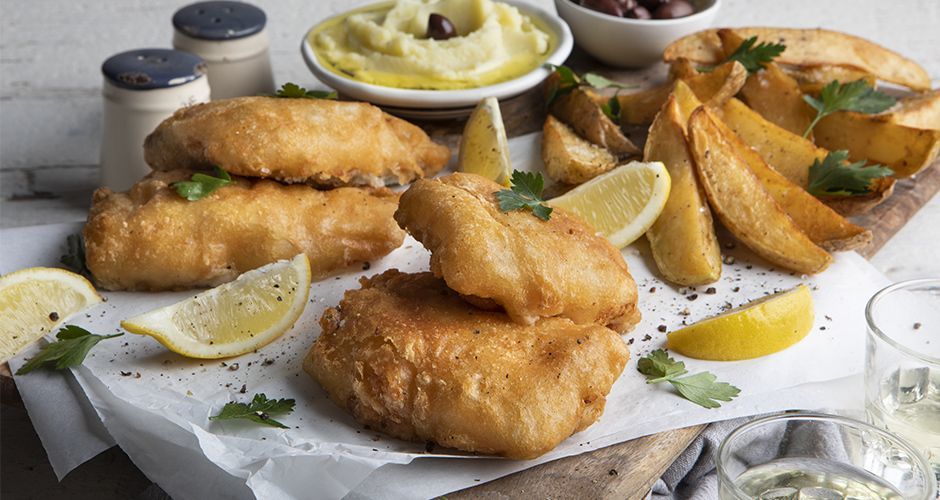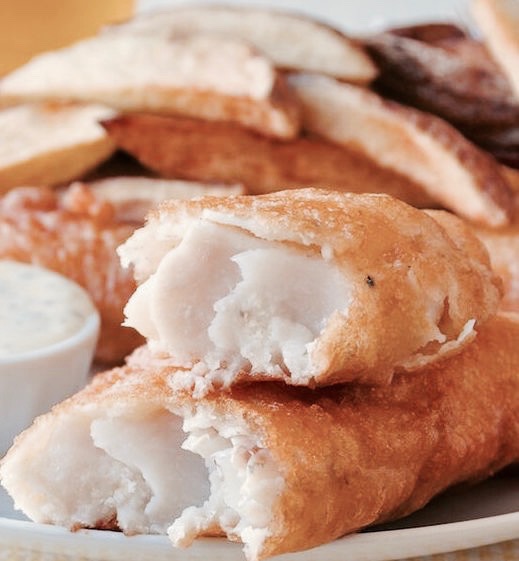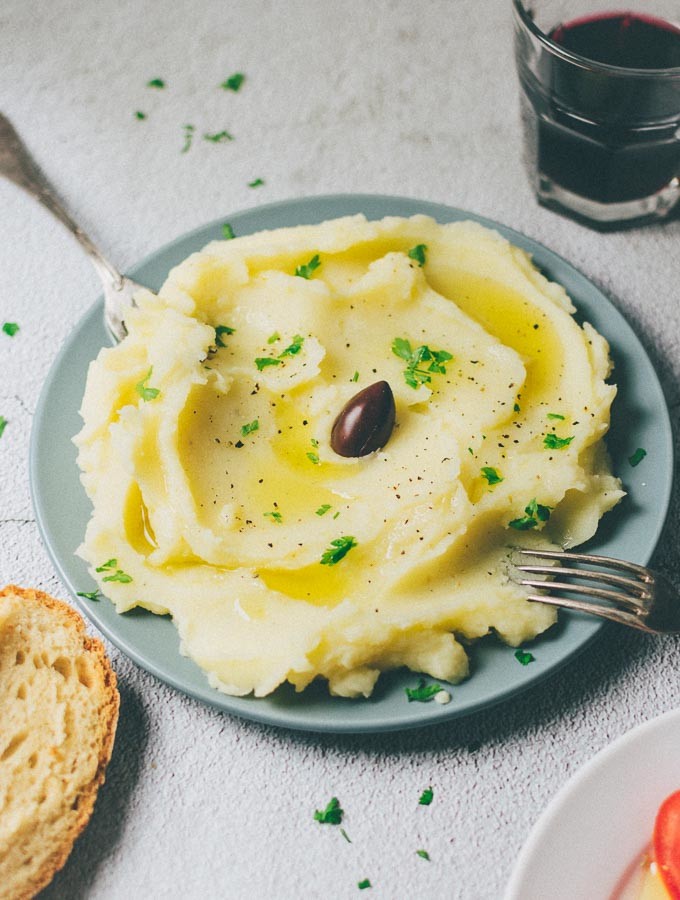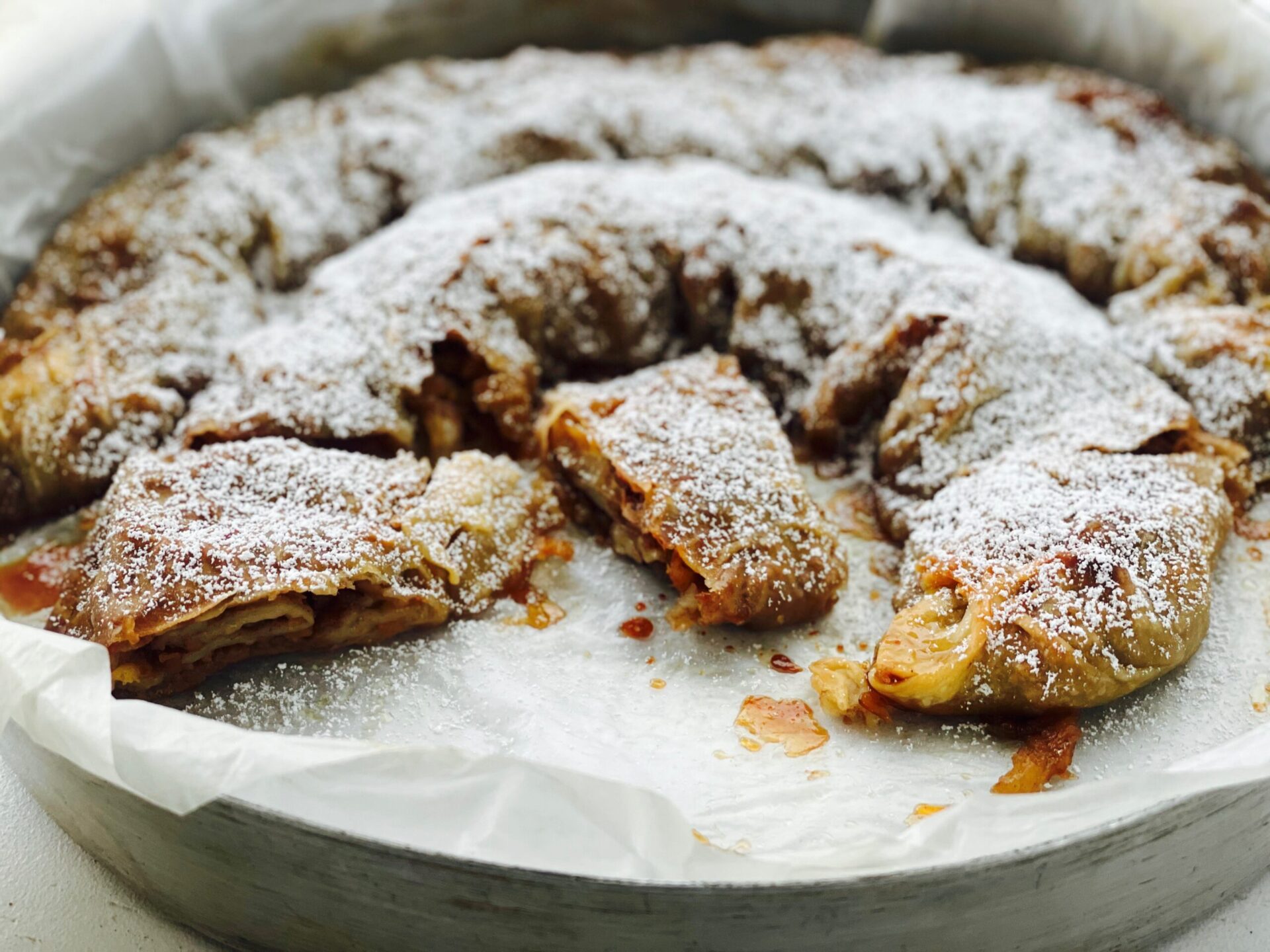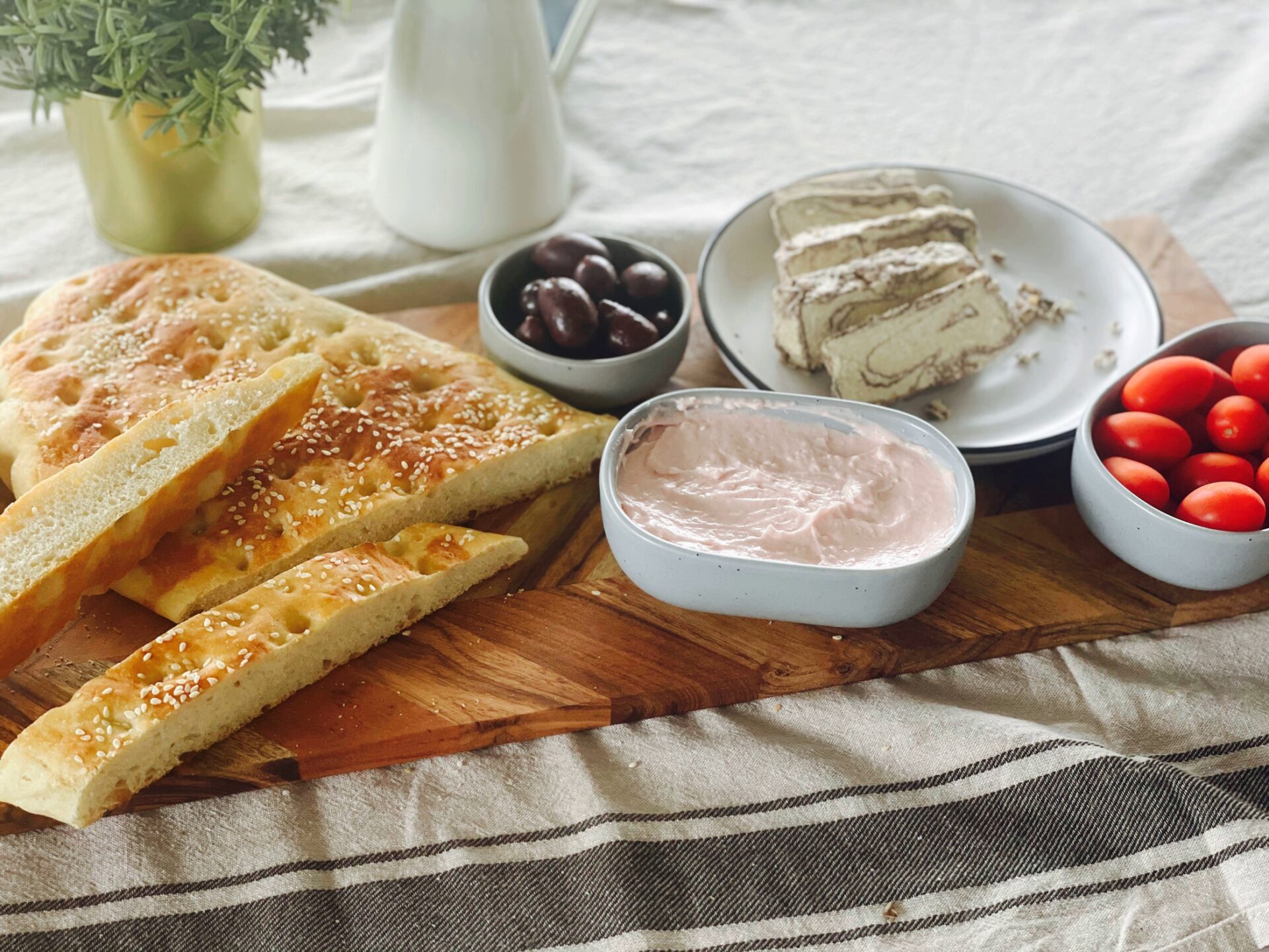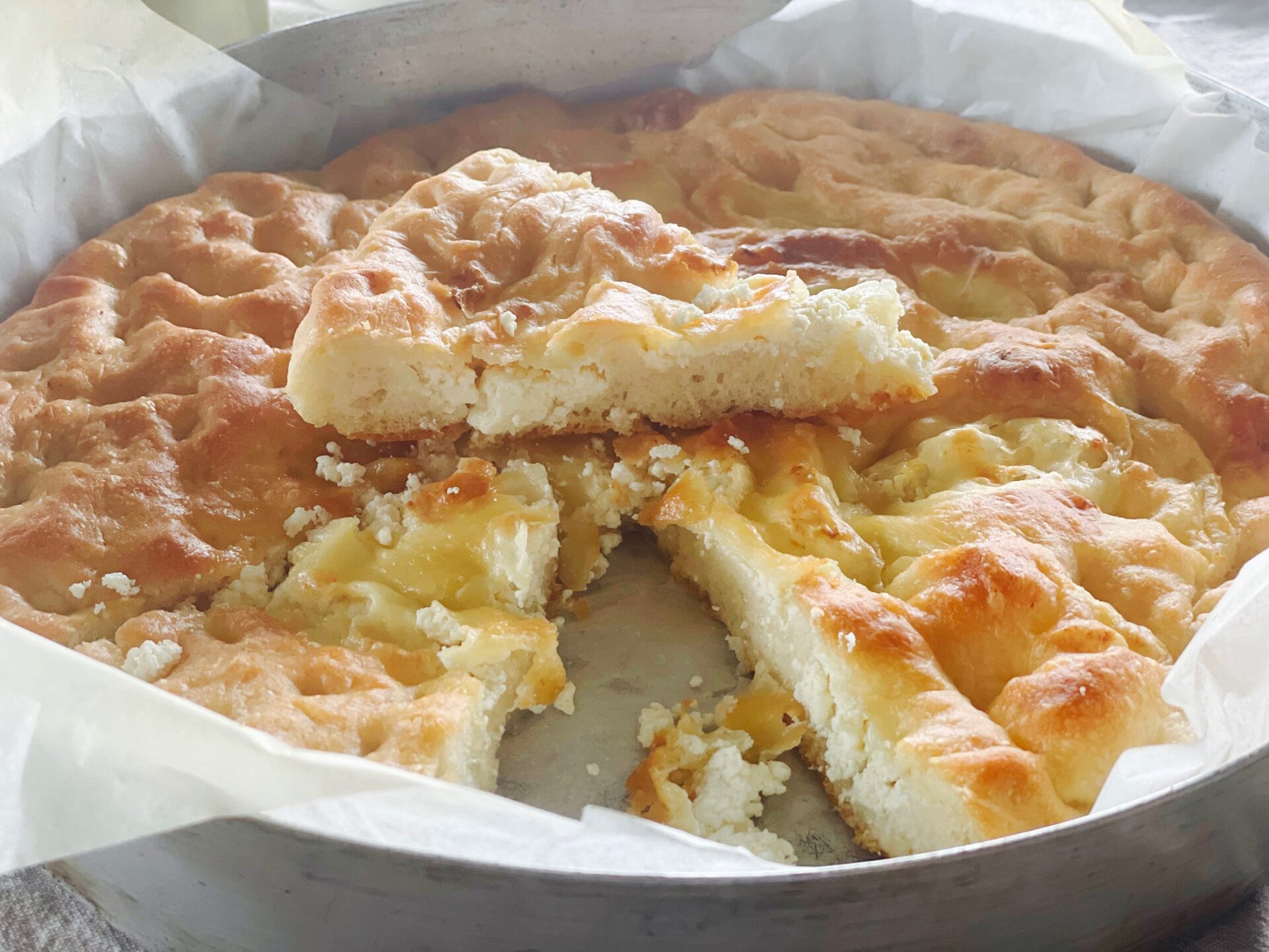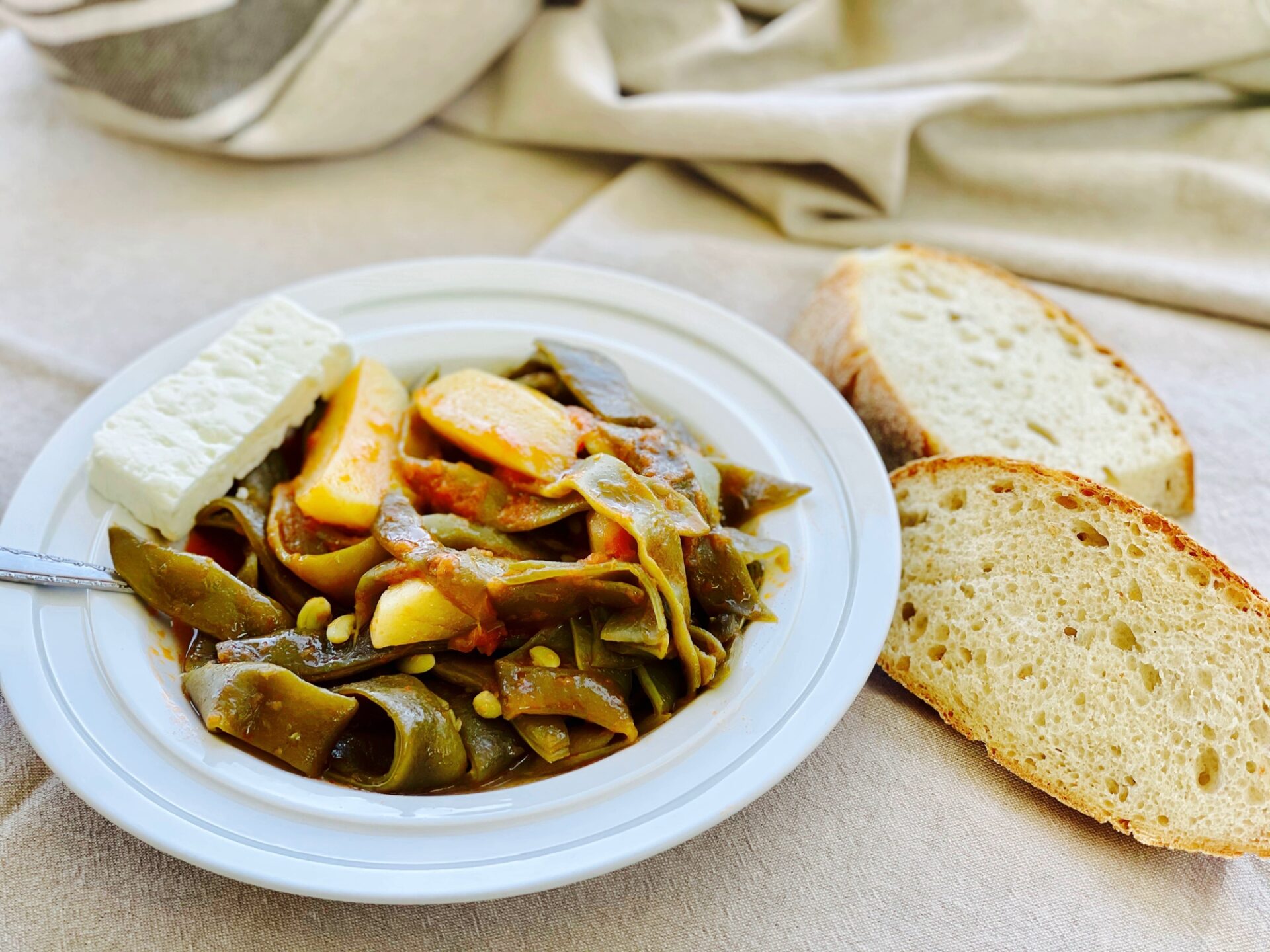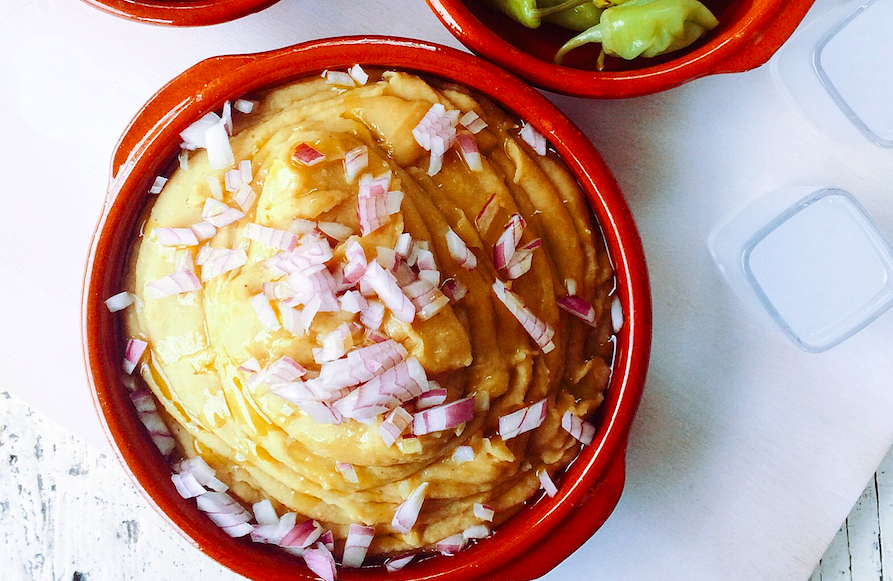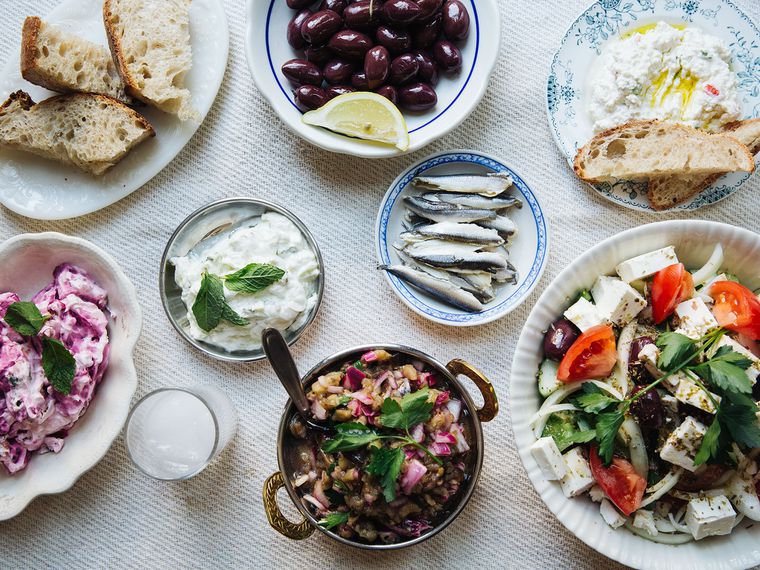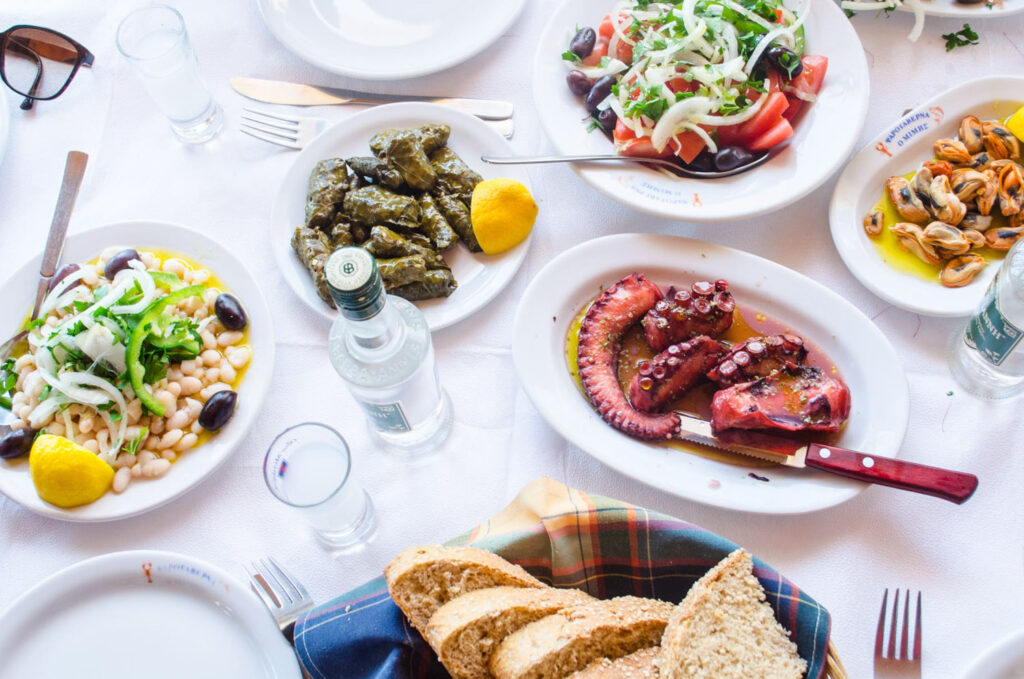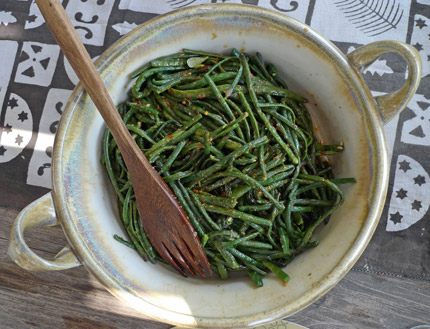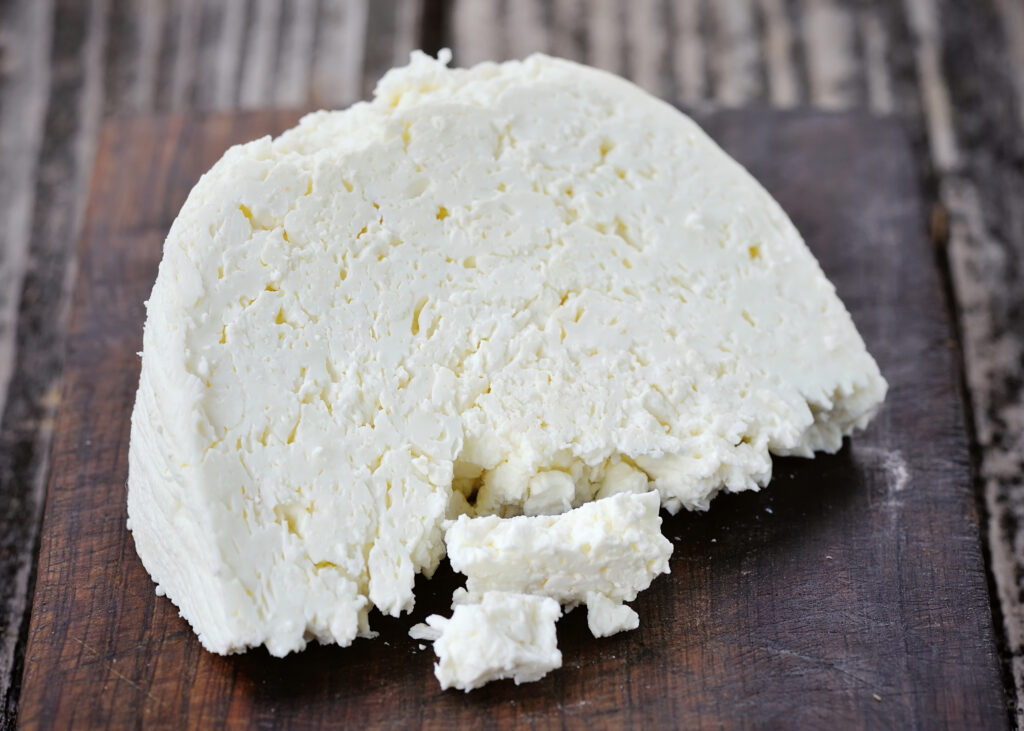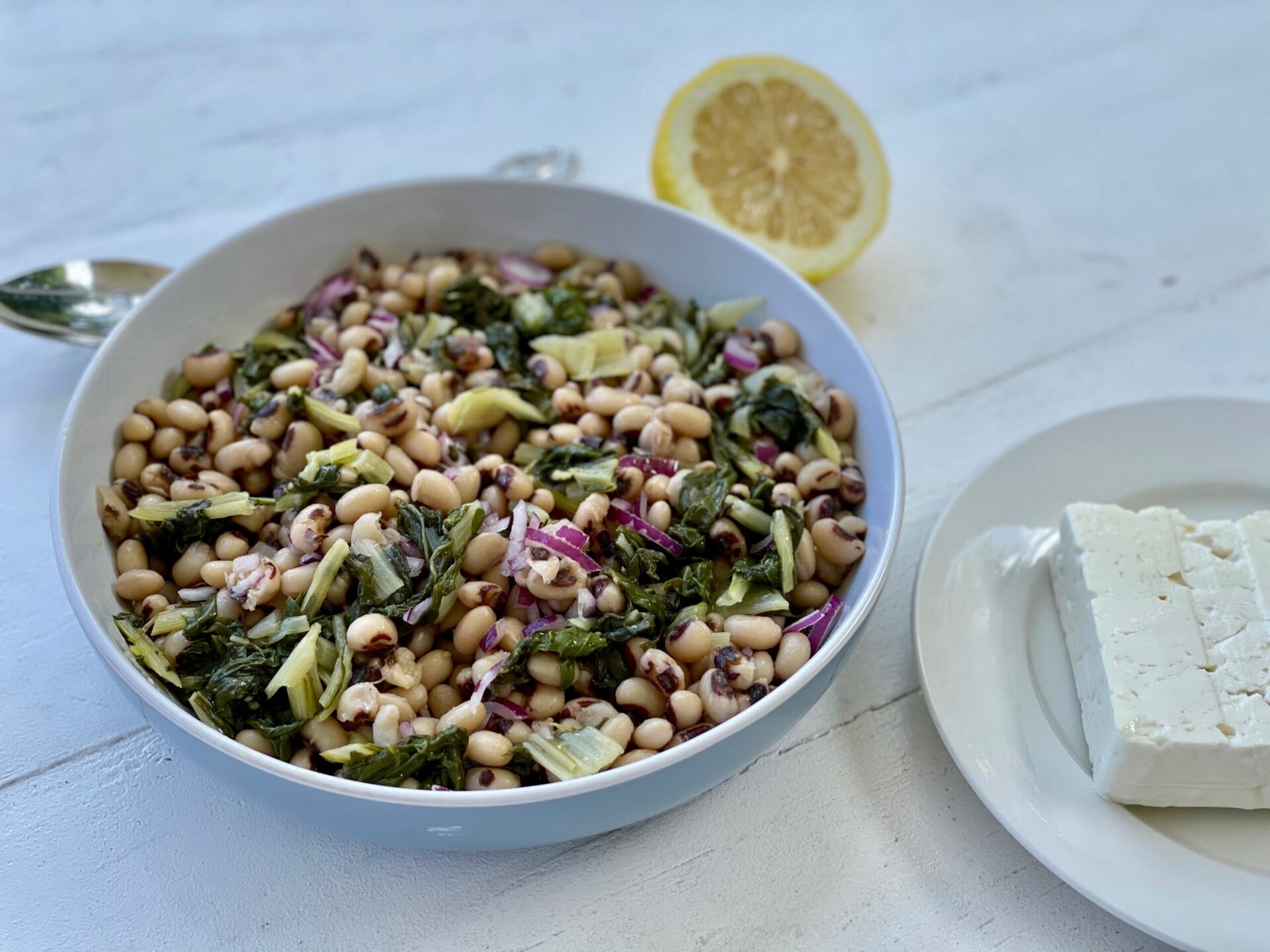Koulourakia are traditional Greek biscuits that can be eaten all year round, however, they are very popular during the Greek Easter period.
There are so many variations of Koulourakia and each region tends to have its own version. Today I share my favourite Koulourakia recipe, which belongs to my good friend’s late grandmother who was from Ptelomaida, a small town in Kozani, and she lovingly used to make these beautiful biscuits all the time.
I’m lucky to have been given her recipe, which I now use.
This is in honour of Yiayia Despina, who was by far one of the best Greek home cooks!
Ingredients
- 1.5 kilos x self-raising flour
- 7 x eggs (room temp)
- 300 gm x unsalted butter (room temp)
- 350gm x caster sugar
- 3 x tsp ground cinnamon
- 1 x tbsp vanilla sugar
- 3 x tsp baking powder
- 3 x oranges (rind and juice)
- pinch of salt
Method
- Preheat oven to 200 degrees Celsius.
- Using an electric mixer, beat butter and sugar for about 5 minutes or until they are light and fluffy.
- Add juice and the rind of the oranges and mix for about 30 seconds.
- One by one, add your eggs and beat well.
- In a large bowl, sift flour and add baking powder, salt, and cinnamon. Mix with a wooden spoon.
- Take some of the flour and slowly add to the butter mixture. Once you have added around half the flour, remove it from the mixer and add all flour to the bowl. Knead until a smooth, dough forms- make sure not to overwork it.
- Cover with cling wrap and allow to sit for about an hour.
- Turn the dough on to the working surface. Rub your hands together with some olive oil, so that the dough mixture won’t stick to your hands, and using about one and a half tablespoons of dough, begin shaping your biscuits into your desired shape. (One method is to fold each log in half, then twist them together, pressing the ends together to seal).
- Place biscuits on parchment paper-lined trays about 2 cm apart.
- Bake for about 20-25 minutes or until golden brown.
- Allow to slightly cool and place in airtight containers until serving.
*Recipe and Image by IN+SIGHTS GREECE © (Copyright)

